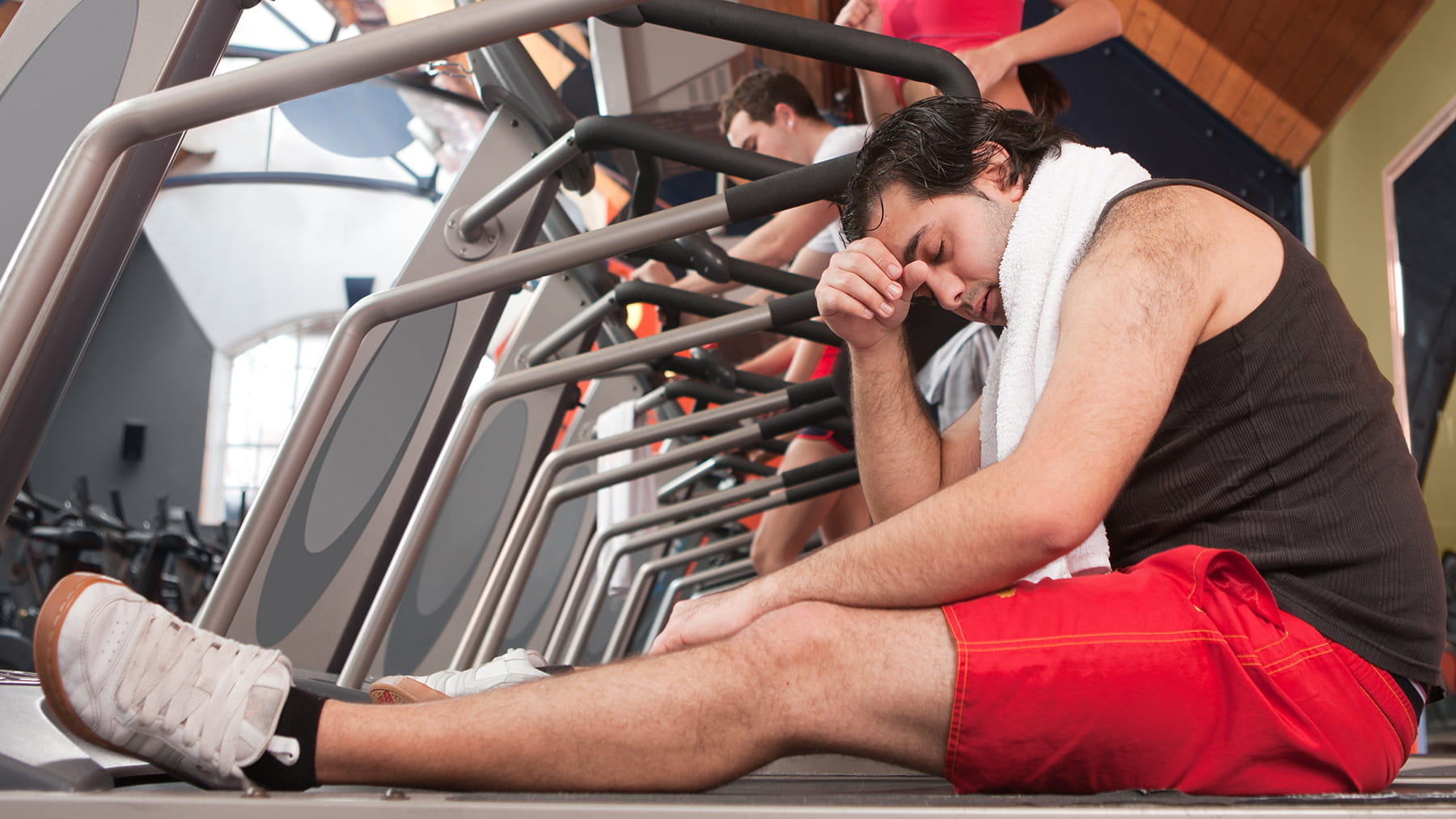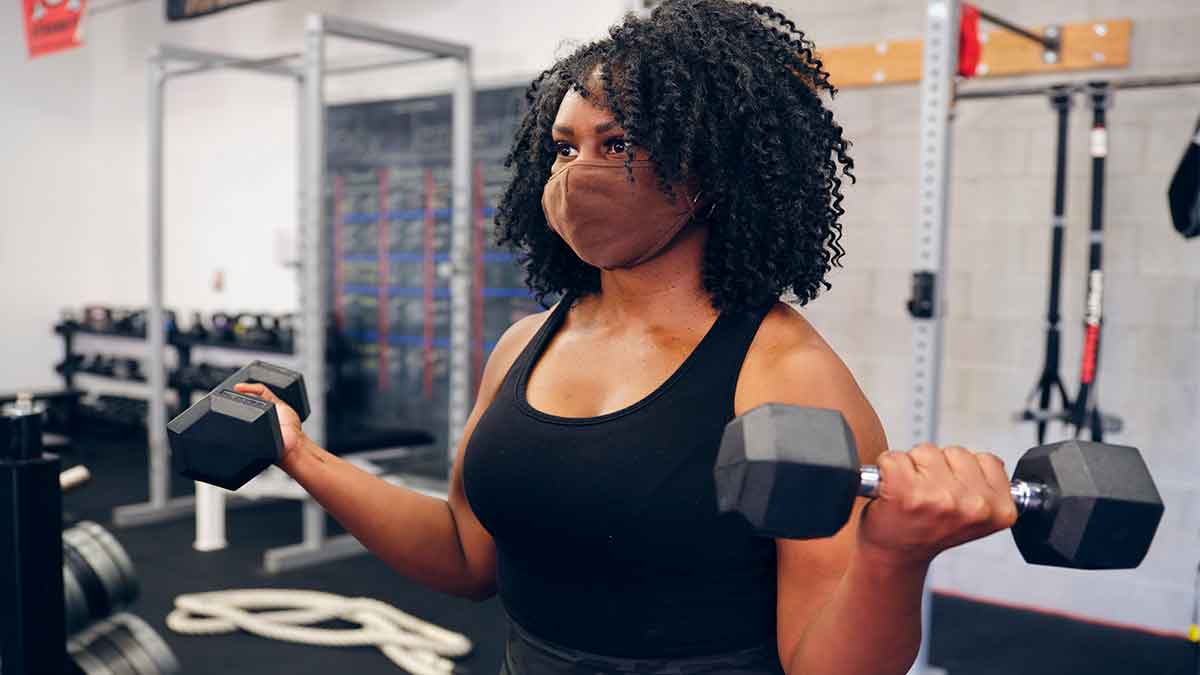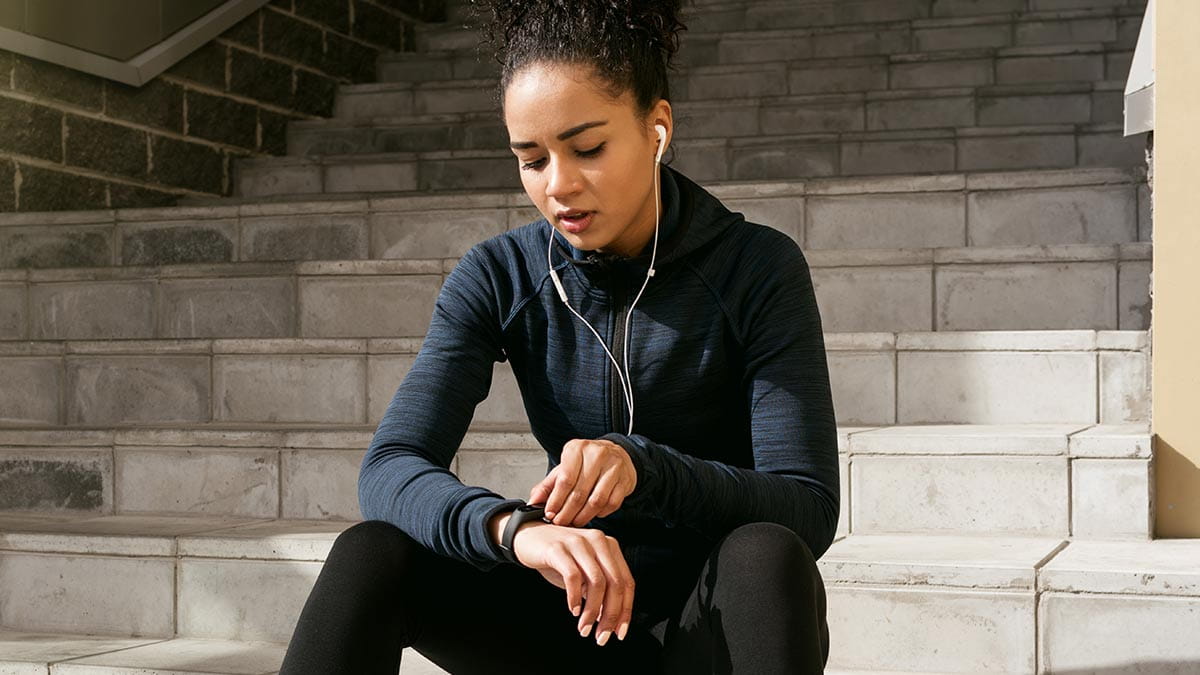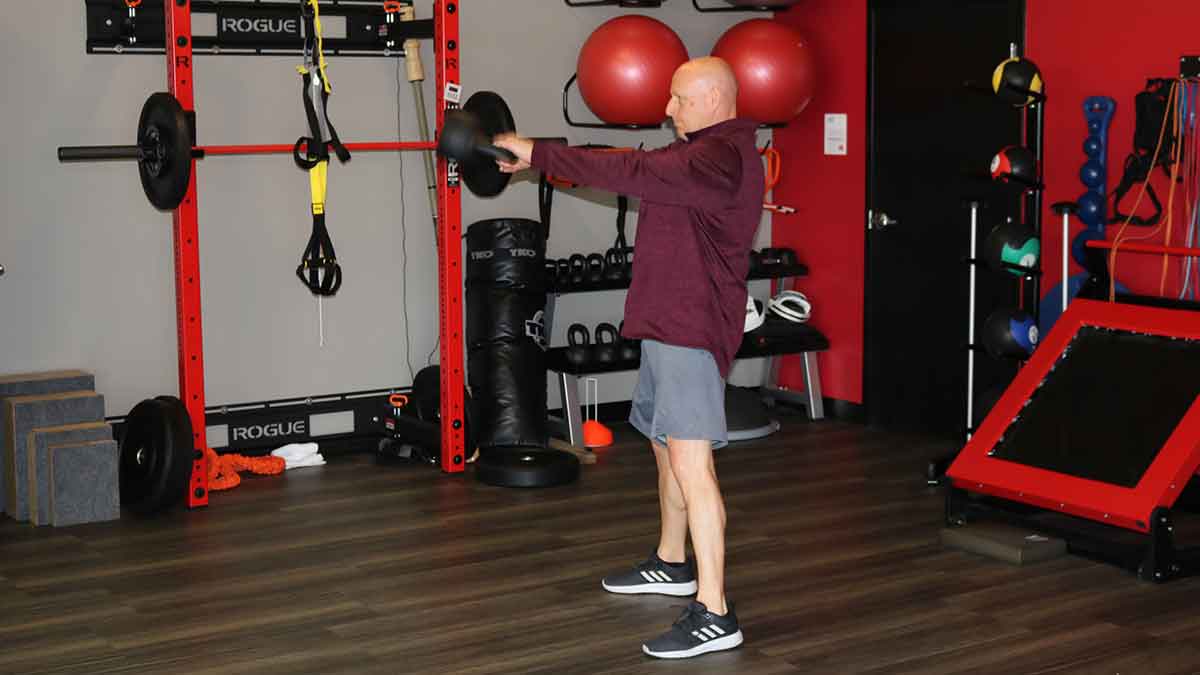Too sick to hit the gym?

Evidence shows that regular exercise helps our immune systems combat simple infections.
But is it wise to ignore our bodies’ signals and exercise when we’re sick?
When deciding whether to grab another blanket or your gym bag, consider the severity of your sickness and the location of your symptoms in your body.
As a sports medicine physician at Ohio State, I often inform patients of the “neck rule” when they’re not feeling up to speed. This general rule can be helpful when making decisions, but nothing should supersede common sense. In other words, if you can’t get off the couch to eat, work or take care of simple tasks, push the pause on working out.
Look to your neck
For those illnesses that you can function through when your sickness is above the neck – with symptoms such as a runny nose, mild or dry cough, ear pain or sore throat – it’s generally safe to push through exercise as tolerated. But if your symptoms are below the neck – such as a bad cough, nausea, muscle aches or fever – exercising isn’t recommended.
Let’s look more closely at some of these symptoms:
Fever? Chill out
Fever is a sign that your body is fighting off an infection. You’re also most likely contagious at this time. If you have a fever, especially one over 101 degrees, take it easy and reach for the remote control. The exertion of exercise could make your condition worse and prolong recovery. The fever is your body’s way of making foreign invaders uncomfortable, as bugs like these elevated temperatures no more than we do. It increases energy expenditure as it does so, leaving very little in the tank for exercise.
Gastroenteritis? Relax, rehydrate
Gastroenteritis, or GE, is an intestinal infection marked by diarrhea, cramps, nausea, vomiting and fever. Symptoms from the stomach flu can last several days and cause you to lose fluids. Many times you’re contagious for days after feeling better, increasing its potential to spread to others. Because of profound fluid loss due to nausea, diarrhea and your inability to absorb fluids while you’re ill, it’s especially tough to tolerate endurance sports, such as swimming, biking and running. Our performance begins to suffer with as little as 2 percent loss of body weight, so it’s best to hold off doing longer intensity workouts until you’re feeling better and can rehydrate yourself.
Shortness of breath? Take a breather
Bronchitis and pneumonia are infections caused by bacteria and viruses, such as influenza, and can produce shortness of breath and severe cough. Not all coughs need ongoing rest. An example is the two to four weeks following an upper respiratory infection, when it’s common to experience a lingering cough.
Watch your weight
Upon return to activity after an illness, pay special attention to how you feel and watch your weight. The fluctuation or stability of your weight is a good way to gauge your hydration status. If you’re losing weight because of fluid loss (think sweating, mucus drainage and diarrhea), wait until you get back to normal weight prior to returning to high-intensity activities, especially endurance sports.
Go half steam ahead
If you’ve been given the green light to exercise, don’t go full steam out of the gate. Consider starting with 50 percent of your previous intensity or duration, and substitute lower-impact activities like yoga or Pilates until you’re feeling better.
Stay home
As you return to the gym, remember to be considerate of others. By working out at home instead of the gym, you lower the risk of transmitting infection. If you do choose to head to your community gym or club, be sure to consistently wash your hands to avoid contaminating equipment.
Get relief
When you feel well enough to move forward with physical activity, here are some tips on over-the-counter cold remedies to get you through your workout routine:
Nasal sprays
It’s generally OK to use nasal sprays when you’re congested and want to engage in athletic activity. Use Afrin to help with swelling in the nose, or Benzedrex, an inhaled vapor that works as a decongestant. Both should be used with caution, as they can cause rebound of congestion after just 24 hours of use due to a physiological dependence that develops to the decongestant. I recommend my patients limit nasal sprays to usage during exercise, and never use for more than 24-48 hours. A safer version is a saline solution, or even a nasal steroid, such as fluticasone, which helps with congestion and doesn’t have the rebound effect.
Antihistamines
People like antihistamines to dry out their allergies and runny nose. Caution should be exercised as diphenhydramine (commonly known as Benadryl) will likely cause sedation, make you feel lazy and deplete motivation. An alternative is over-the-counter loratadine (Claritin), which is generally better tolerated with exercise activity. Adding a decongestant, such as phenylephrine, or Sudafed, may also help with headaches associated with congestion.
Anti-inflammatories
While non-steroidal anti-inflammatories, or NSAIDS, can be effective with headaches, muscle soreness, sore throats and generalized pain, some serious side effects can be encountered by these over-the-counter remedies. Taking NSAIDs while ill can increase risk for kidney disease if your body is dehydrated from illness. The meds may also predispose you to ulcers and abdominal pain if not taken with food and, therefore, are a bad choice for belly pains associated with nausea or vomiting. Take NSAIDs only as recommended, and make sure your fluids are up beforehand to prevent these pitfalls.
Dr. Michael Jonesco, assistant clinical professor of internal medicine and sports medicine at The Ohio State University Wexner Medical Center, is trained in a wide range of traditional treatment modalities, as well as joint and soft tissue injections, concussion management and osteopathic manipulation. Learn more about his care philosophy in this video.




